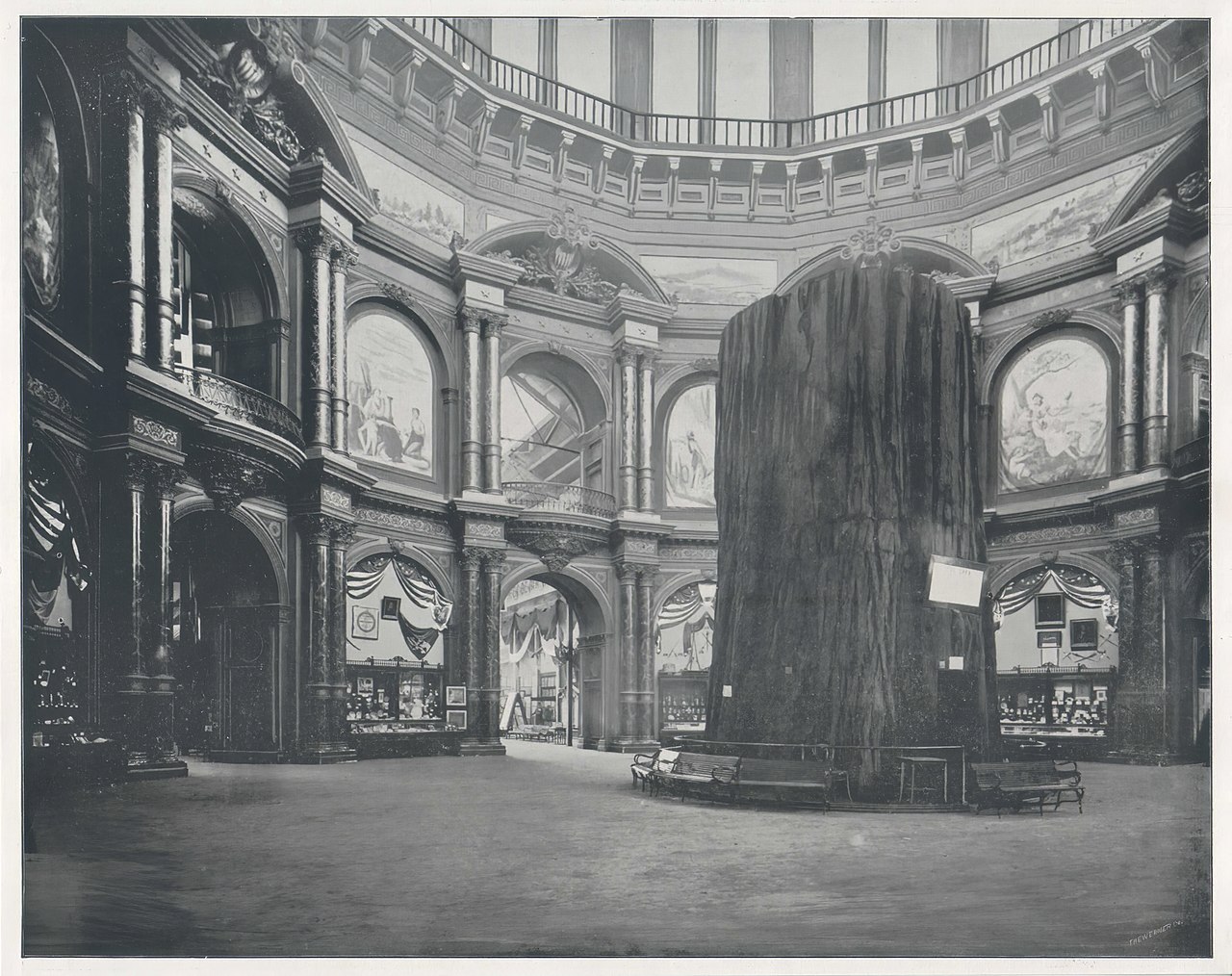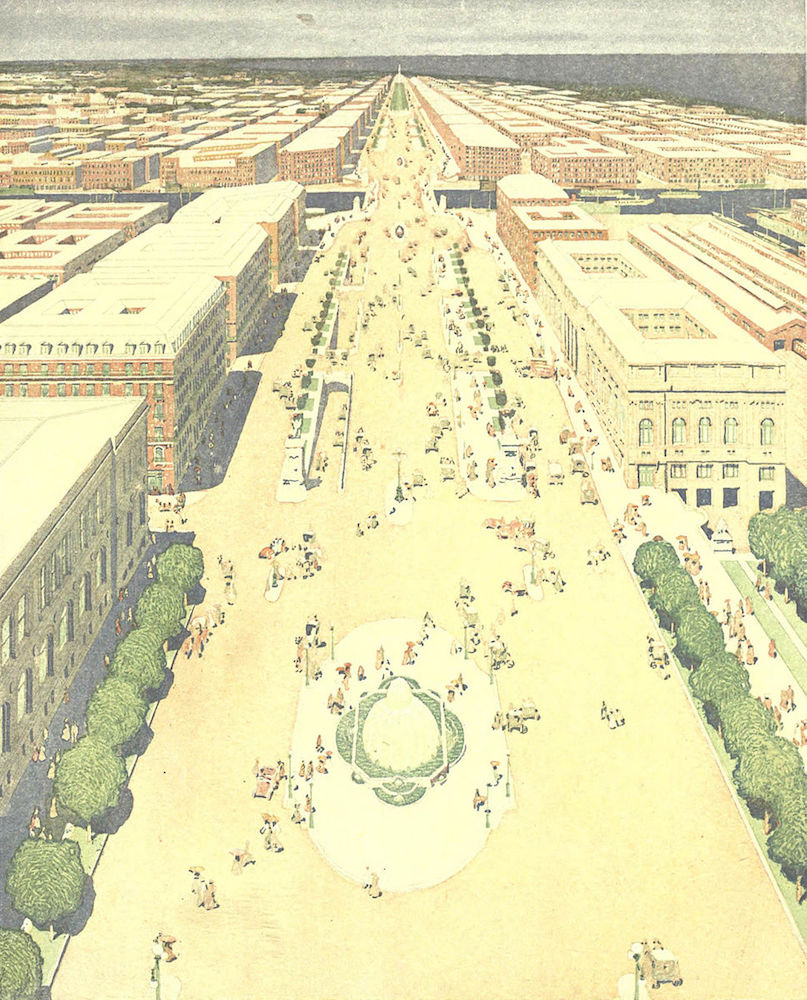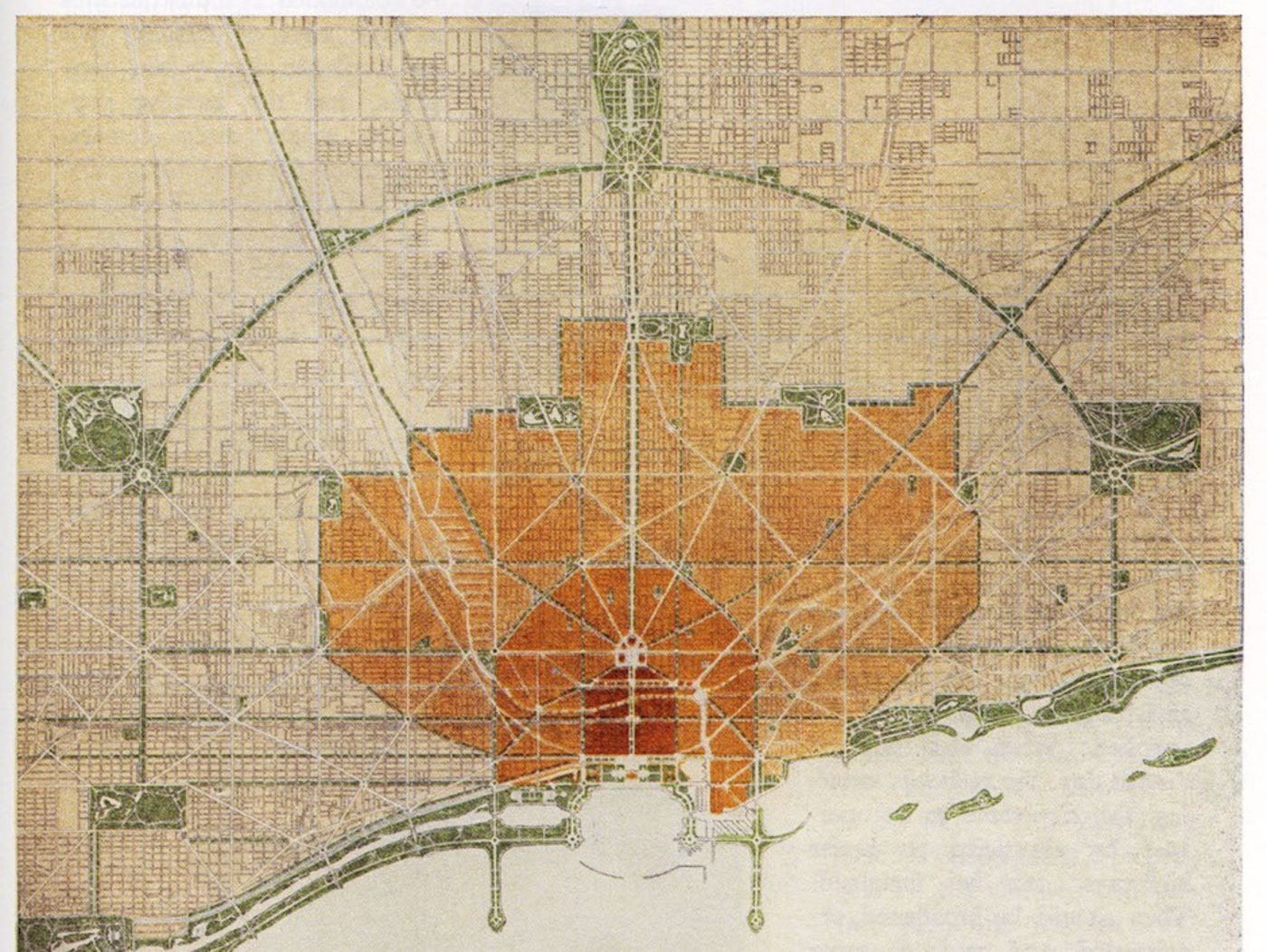There are many highlights from Chicago’s vast history, and one of the truly iconic moments is the World’s Columbian Exposition, also known as the Chicago World’s Fair. Held in Chicago in 1893, the World’s Fair proved Chicago’s creative ingenuity and persistent work ethic. The Exposition was socially and culturally influential — so how did the Chicago’s World Fair come to be such a spectacular success?
In the 1890s, the world was changing, and world’s fairs had been successful in Europe as a way to bring people together with progress (London’s 1851 Crystal Palace Exhibition — one of the first Modernist structures — was a prime example). Leaders across the country on a local and national scale agreed to finance a fair; they just needed the right location. Through a battle of finances, persuasion and voting, Chicago won with a large lead over New York. That left the city with an incredible amount of pressure to pull the whole thing off.
Thankfully, Chicago had an incredible team of talented planners, architects and visionaries to get it done. Designed by famous figures such as John Wellborn Root, Daniel Burnham, Frederick Law Olmsted and Charles B. Atwood, the Exposition was a paradise of neoclassical architecture, and the white color of the buildings inspired its nickname, the White City. Art, music, inventions, technology and culture from around the world were featured. The fairgrounds were joined together by lagoons and canals. In the end, more than 27 million people attended the World’s Columbian Exposition during its six-month lifespan, and it became a marker of American — and Chicagoan — history.
The fair’s legacy is still evident all over the city. Daniel Burnham took lessons learned at the fair for his 1909 Plan of Chicago, which in turn, influenced city planning around the world. The neoclassical architecture informed many designs that still stand today, such as Chicago’s Museum of Science and Industry and the Art Institute of Chicago. The Ferris wheel was even famously invented to debut at the Exposition.
Perhaps most important, the Exposition deeply touched the millions of visitors who left with new ideas and inspiration. The Chicago World’s Fair paved the way for Chicago’s vision of the future, and countless others.




